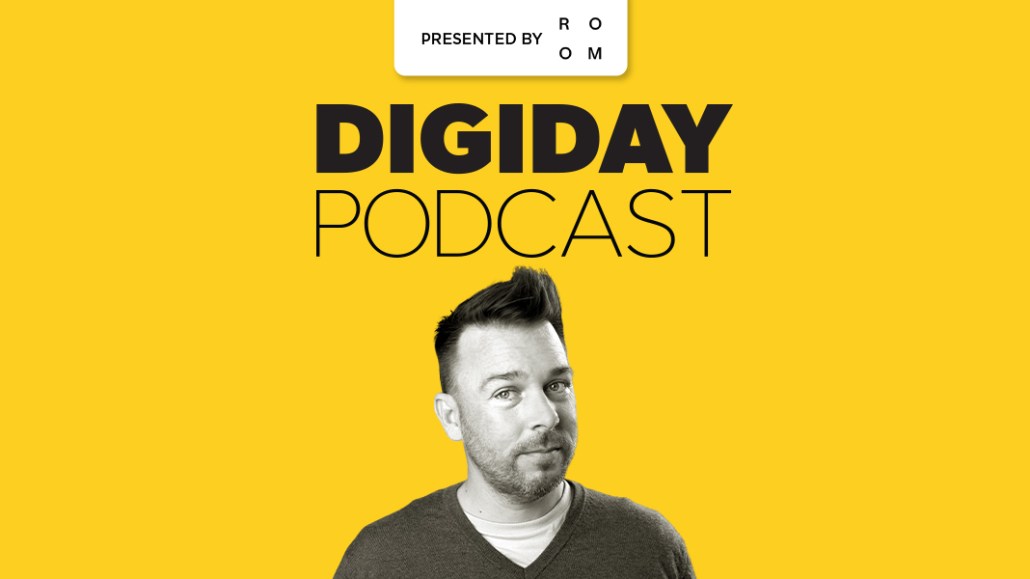New York Times Style editor Choire Sicha on covering boomers, Gen Z and the generations between

Subscribe: iTunes | Spotify | Google Play | Stitcher | Anchor
If you’ve been upset by something you read in The New York Times’ Style section, that was by design.
“[The] Style desk covers change, it covers generational change, it covers change in how we talk about gender, it covers young people,” says the section’s editor, Choire Sicha. “It covers technology, and it covers love, marriage and how we look. Those are all things that are incredibly fraught at this time, and they’re supposed to upset people.”
Inter-generational conflict is a hot topic (even before the paper of record revealed the collective Gen Z eyeroll that is “OK boomer”).
So is the massive cross-industry known as wellness. But how do you cover that responsibly?
“We’re not talking about people’s parents or people from the outside, we’re talking to people and for people who actually do this stuff,” Sicha said. “The Times historically will have been one step removed from that, which sounds funny to call out, but that is what we did: ‘Hey, what are those kids doing in their bedrooms?’ And it’s like, ‘We need to go in the bedrooms.’ That sounds weird, but you know what I mean.”
Sicha joined the Digiday Podcast to talk about the freedom that comes with being funded by 4.9 million subscribers, his own take on Gen Z and how he feels about the end of Deadspin.
Here are highlights from the conversation, lightly edited for clarity.
Becoming a community institution
“There’s a lot of questions about what is the role of a — I don’t even know what word to use — news-generating property at this point in time. When I started my job here, I thought of myself as very top of the funnel. It was really about ‘I’m just going to go big, get people in here and they’ll hit our paywall, and they’ll feel comfy, and they’ll be like ‘I can’t live without The New York Times, I’ll give you my money.’ But now one of the things we hear from readers is that they want a community. I hear that people are lonely. When we do research, we hear that people want guidance. They want to build a situation that is community, that is reflective of them or that challenges them but helps them. And that’s very antithetical to how news organizations think, we’re all about delivery and giving things to people, and instead people want to be informed and also have a part in it, or have a discussion with it.”
The personal essay is getting old
“I do think the personal essay got stuck sometime in the ’90s. I’m interested in finding ways to unstick it. It’s like the revelation of the self got stuck in this 1,200 word document with a twist.”
Upset? It happens
“The job of the section is to upset people. Style desk covers change, it covers generational change, it covers change in how we talk about gender, it covers young people, it covers technology, and it covers love, marriage and how we look. Those are all things that are incredibly fraught at this time and they’re supposed to upset people.”
Wellness is bigger than we know
“It is bigger than anyone over the age of 40 can even imagine. Self-care encompasses journaling, writing, therapeutics, astrology, CBD… and I just think this is a generational change. And this is a little Gen X-y, too: ‘We suffered, you have to suffer when you’re young, you should suffer.’ And the younger generation isn’t going to stand for that. They don’t want to suffer.”
More in Media

From sidelines to spotlight: Esports events are putting creators center stage
Esports events’ embrace of content creators reflects advertisers’ changing priorities across both gaming and the wider culture. In the past, marketers viewed esports as one of the best ways to reach gamers. In 2025, brands are instead prioritizing creators in their outreach to audiences across demographics and interest areas, including gaming.

Condé Nast and Hearst strike Amazon AI licensing deals for Rufus
Condé Nast and Hearst have joined the New York Times in signing a licensing deal with Amazon for its AI-powered shopping assistant Rufus.

Media Briefing: AI payouts may be entering a new era
AI compensation is evolving — and new models, not just publisher demands, are driving the shift beyond flat-fee licensing.





